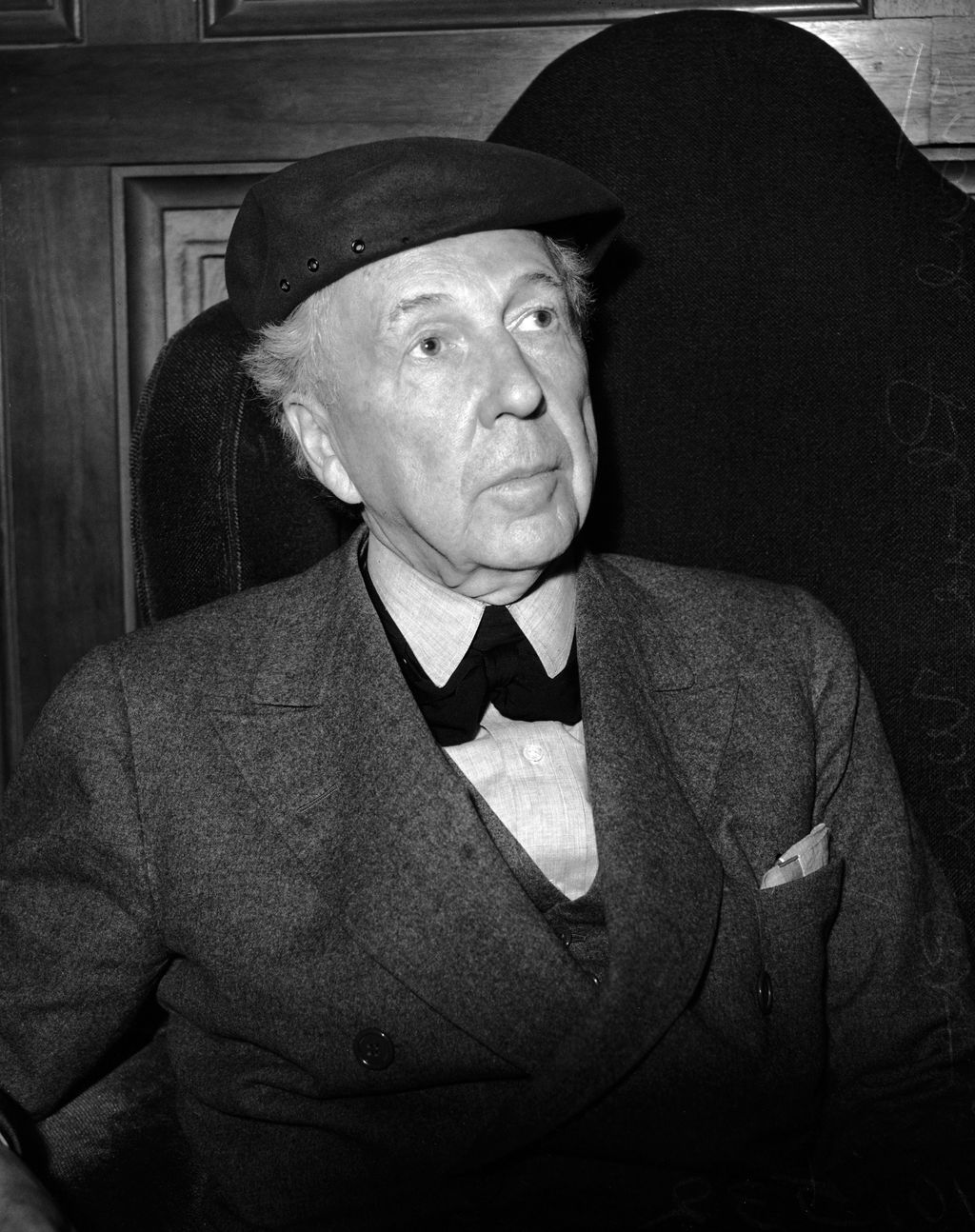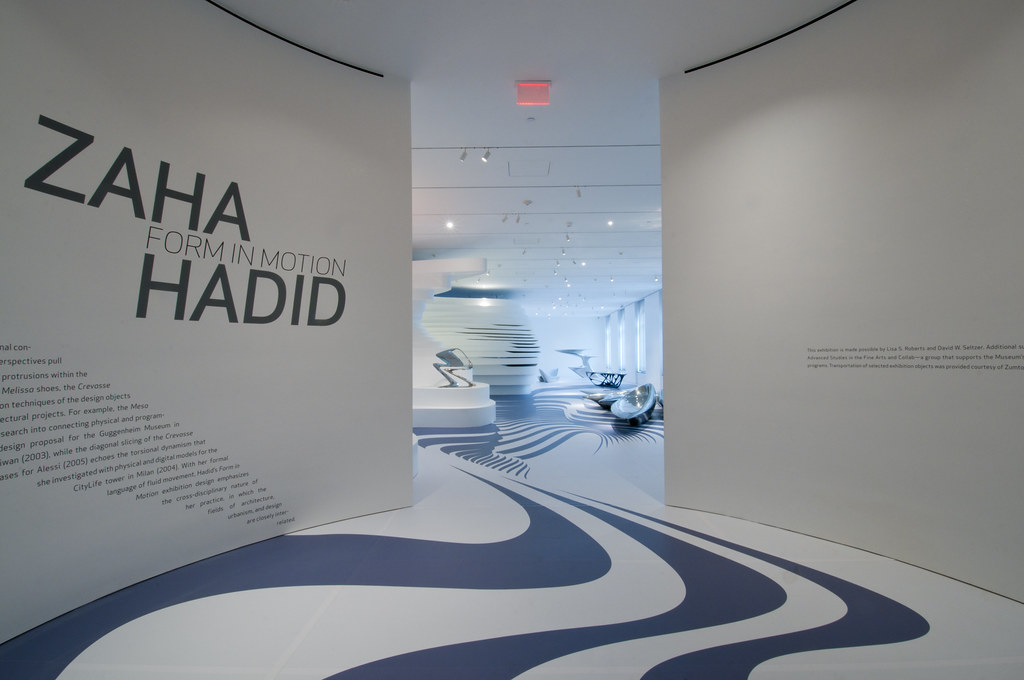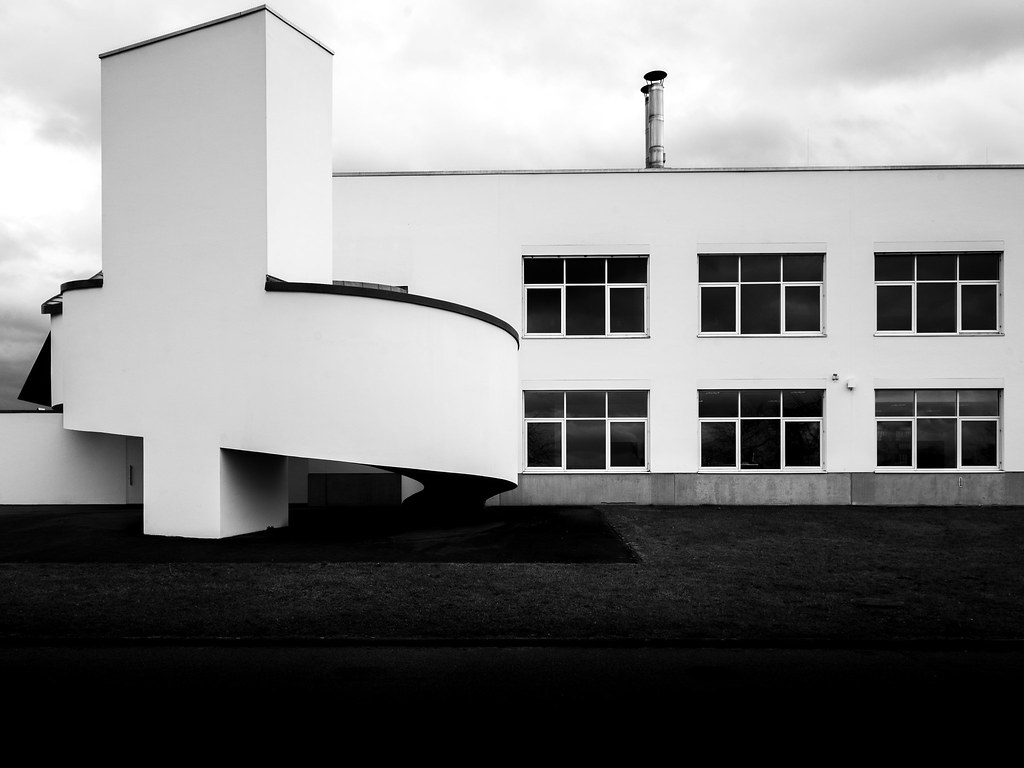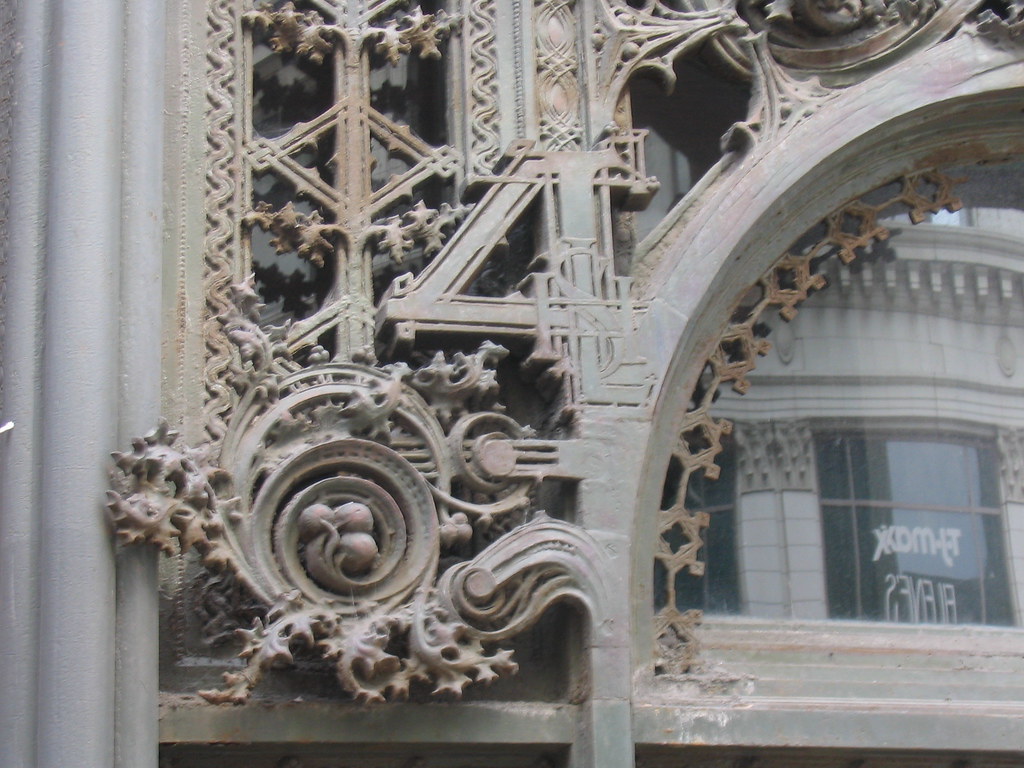
The built environment around us is a profound testament to human ingenuity and artistic aspiration. From the soaring civic spaces that define our urban centers to the intimate residential designs that shape our daily lives, architecture is far more than mere construction; it is a living narrative, a canvas upon which visionaries imprint their philosophies, their dreams, and their indelible mark on civilization. The most famous architects don’t merely erect structures; they forge blueprints for how we interact with the world, redefining possibilities and expanding the very lexicon of design.
In every curve, every angle, and every carefully chosen material, these master builders, thinkers, and rule-breakers saw buildings not as static forms but as dynamic ideas, embodiments of progress and catalysts for change. They introduced novel aesthetics, pushed the boundaries of structural engineering, and championed philosophies that continue to resonate across continents and centuries. Their legacies are etched into our skylines, influencing generations of designers and setting new standards for creativity, functionality, and cultural expression in the built environment.
This in-depth exploration celebrates some of the most influential architects in history—figures whose visionary works have fundamentally transformed our understanding of space, art, and the human experience. We journey through their groundbreaking contributions, from pioneering movements like Modernism and Deconstructivism to integrating sustainability and social consciousness. We observe how their audacious creations continue to shape our present and inspire our future.

1. **Frank Lloyd Wright**Frank Lloyd Wright stands as an American titan, an architect, designer, writer, and educator whose prolific career spanned an astonishing 70 years, yielding over 1,000 structures. His name is synonymous with the Prairie School and the Usonian movement, both profound testaments to his belief in “organic architecture.” This philosophy centered on achieving harmony between human structures and the natural environment, transcending mere aesthetics for a symbiotic relationship where buildings seemed to emerge from their surroundings.
His architectural language was distinctive, characterized by the thoughtful use of local materials, expansive open floor plans, strong horizontal lines, and precise geometric shapes. These elements combined to create innovative, functional buildings that integrated seamlessly with their sites. Beyond the structural shell, Wright’s meticulous attention extended to the interior, where he often designed the furniture, stained glass, and textiles, ensuring a holistic and unified artistic vision for each project.
Born in Richland Center, Wisconsin, in 1867, Wright’s early life steeped him in nature and architecture. His formal education, though brief in civil engineering, was augmented by formative apprenticeships in Chicago with Joseph Lyman Silsbee and, critically, Louis Sullivan. Establishing his own practice in 1893, he soon created studios in his Oak Park home, followed by his renowned Taliesin, Taliesin West, and Taliesin East estates, which also served as his living schools of architecture. He passed away in Phoenix, Arizona, in 1959.
Wright’s legend is unequivocally earned through his sheer originality, boundless creativity, and profound influence. He is universally acclaimed as one of the greatest architects of all time, a pivotal figure who irrevocably altered the trajectory of American architecture and ignited the imaginations of countless architects globally. His masterpieces have been rightfully designated as national and world heritage sites, accruing a litany of awards and honors. His continuous experimentation fueled his lifelong quest to refine his skills and expand his knowledge, embodying a truly transformative spirit in design.
Read more about: 12 Unforgettable Venue Fiascoes: From Celebrity Eateries to Dream Wedding Disasters

2. **Zaha Hadid**Zaha Hadid, the British-Iraqi architect, artist, and designer, carved an unparalleled niche with her innovative and profoundly influential designs. She earned the distinction of being the first woman to receive the Pritzker Architecture Prize in 2004, and later, the Royal Gold Medal by the Royal Institute of British Architects in 2016. Her towering achievements position her as one of the 21st century’s preeminent architects, a trailblazer whose work boldly championed deconstructivism and parametricism, challenging static forms.
Born in Baghdad, Iraq, in 1950, Hadid’s upbringing fostered her intellectual and creative development, beginning with mathematics at the American University of Beirut. She moved to London in 1972 to pursue architecture at the Architectural Association School, graduating in 1977. After a stint at OMA with Rem Koolhaas, she established Zaha Hadid Architects in 1980, quickly garnering international acclaim for her visionary and radical projects that defied convention.
Hadid’s portfolio spanned an extraordinary range of scales and typologies, from furniture and interiors to commanding skyscrapers and comprehensive masterplans. She designed over 1,000 structures across more than 40 countries, many ascending to iconic landmark status. Famous works include the Vitra Fire Station, Rosenthal Center for Contemporary Art, Guangzhou Opera House, London Aquatics Centre, Heydar Aliyev Center, and Dongdaemun Design Plaza, all showcasing her distinctive, flowing aesthetic.
Her monumental contribution involved introducing entirely new forms, techniques, and conceptual frameworks. She harnessed advanced digital technologies, particularly computer-aided design and fabrication, to materialize complex geometries conveying movement and fluidity. Hadid’s experimental approach extended to materials, crafting expressive, sculptural structures that integrated organically with their environments. Her untimely death in 2016 left an indelible legacy, transforming architecture and establishing her as a role model for aspiring architects globally.
Read more about: From Billion-Dollar Bungalows to Bankruptcies: Inside the Most Staggering Celebrity Real Estate Flops

3. **Le Corbusier**Le Corbusier, the Swiss-French architect, designer, painter, urban planner, and writer, is rightly revered as a pivotal pioneer of modern architecture. Born Charles-Édouard Jeanneret in La Chaux-de-Fonds, Switzerland, in 1887, he later embraced French citizenship and the iconic nom de plume. His passing in 1965 in Roquebrune-Cap-Martin, France, marked the end of a career that cemented his status as one of the 20th century’s most significant architects and an extraordinarily influential figure in modern culture.
Le Corbusier’s architectural philosophy was a potent fusion of functionalism with sculptural expressionism, driven by an overarching ambition to create harmony between human constructions and the natural world. He championed the use of local materials, revolutionary open floor plans, the clean aesthetic of horizontal lines, and compelling geometric shapes. These elements, meticulously orchestrated, created spaces that were both rigorously logical and deeply evocative, often drawing inspiration from nature, art, mathematics, and science. He did not complete a formal degree in architecture but learned from his mentors, colleagues, and travels.
His portfolio is staggering, encompassing over 1,000 structures across more than 40 countries, many of which have achieved iconic landmark status. Celebrated creations include the radical Villa Savoye in Poissy, France, the deeply spiritual Notre Dame du Haut in Ronchamp, France, and the monumental Unité d’Habitation in Marseille. His influence stretched to India with the Capitol Complex in Chandigarh and to Japan with the National Museum of Western Art in Tokyo, demonstrating the universal appeal of his modernist vision.
Le Corbusier’s indelible contribution involved the pioneering of new forms, innovative techniques, and conceptual frameworks that vigorously challenged the architectural status quo. He embraced advanced digital technologies to realize complex, fluid geometries, and continually experimented with diverse materials—concrete, steel, glass, and composites. As a founding member of the Congrès International d’Architecture Moderne (CIAM), he was a leading light of the modern movement, fundamentally altering the trajectory of architecture and inspiring successive generations worldwide.
Read more about: The Enduring Enigma of White: A Deep Dive into Its Historical, Scientific, and Cultural Resonance

4. **Frank Gehry**Frank Gehry, the Canadian-American architect, has achieved global renown for his audacious and wholly unconventional designs, establishing himself as one of the most influential architects of the late 20th and early 21st centuries. His extraordinary contributions have been recognized with numerous prestigious accolades, including the revered Pritzker Architecture Prize, the Presidential Medal of Freedom, and the Royal Gold Medal, affirming his status as a living legend.
Gehry’s distinctive architectural language is often categorized under deconstructivism, a movement that explicitly challenges traditional forms and established aesthetics. He masterfully manipulates complex geometries, introduces sweeping, curving shapes, and integrates a diverse palette of materials to forge structures that are both dynamically expressive and visually arresting. His innovative methodology is profoundly enhanced by the sophisticated application of advanced computer software, which he utilizes for both the design and intricate engineering of his groundbreaking buildings.
A pivotal moment in Gehry’s career was the renovation of his own Santa Monica, California, house in 1978. He famously transformed a conventional bungalow into a provocative collage of metal, wood, glass, and chain-link fence. This radical intervention immediately captured attention and sparked controversy, yet it served as a powerful catalyst, encouraging Gehry to delve even deeper into his experimental design ethos, heralding the arrival of a distinctive voice in contemporary architecture.
Some of Gehry’s most iconic works punctuate the global architectural landscape. The Guggenheim Museum in Bilbao, Spain, revitalized the city both culturally and economically upon its 1997 opening. The Walt Disney Concert Hall in Los Angeles, unveiled in 2003, is lauded for its exquisite acoustics and stunning aesthetics. Further showcasing his versatility, the Fondation Louis Vuitton in Paris and the National Dwight D. Eisenhower Memorial in Washington, D.C., exemplify his diverse and impactful body of work, continuing to reshape skylines and perceptions worldwide.
Read more about: Revving Up His Passions: A Peek into Brad Pitt’s Most ‘DIY’ Projects Beyond the Screen!

5. **Bjarke Ingels**Bjarke Ingels, the visionary Danish architect, stands at the forefront of contemporary design as the founder and creative partner of Bjarke Ingels Group (BIG), a global firm renowned for its audacious architectural and design solutions. Ingels has distinguished himself with innovative and often unconventional designs that vigorously challenge the established forms and aesthetic conventions of architecture. He is widely celebrated as a leader in the movement towards sustainable and socially conscious architectural practices.
Ingels’ academic journey included studies at the Royal Danish Academy of Fine Arts in Copenhagen and the Escola Tècnica Superior d’Arquitectura in Barcelona. After graduating in 1999, he honed his skills working with Rem Koolhaas at OMA until 2001. His return to Copenhagen saw him co-found PLOT Architects before establishing his own influential practice, BIG, in 2005. Today, BIG operates from vibrant hubs in Copenhagen, New York, London, Barcelona, and Shenzhen, reflecting its truly global reach.
His portfolio showcases an impressive array of projects worldwide, spanning diverse typologies. Among his most celebrated works are the VM Houses and the Mountain Dwellings in Copenhagen, and the Danish Pavilion at the Shanghai Expo 2010. Later masterpieces include the iconic 8 House and the CopenHill waste-to-energy plant in Copenhagen, famously featuring a ski slope on its roof—a testament to his ingenious blend of utility and recreation. Projects like VIA 57 West in New York and the LEGO House in Billund further illustrate his diverse and impactful body of work.
Bjarke Ingels’ monumental contribution to architecture stems from his innate ability to craft designs that are simultaneously highly functional and delightfully playful. He consistently integrates ecological principles with economic viability, ensuring his projects are not only environmentally responsible but also pragmatic. His work is deeply responsive to local contexts while ingeniously addressing broader global challenges, pushing the dialogue around sustainable urban development. He has authored several influential books and is a sought-after lecturer, making his work accessible and inspiring to a broader audience.

6. **Michael Graves**Michael Graves, an American architect and designer, emerged as a seminal figure in the postmodernist movement, captivating the architectural world with his distinctive and often playful buildings. His approach masterfully blended classical architectural elements with contemporary sensibilities, resulting in structures that were both visually engaging and rich with symbolic meaning. Graves’s work stood as a vibrant counterpoint to the prevailing minimalist tendencies of modernism, injecting color, narrative, and historical allusions back into design.
Born in Indianapolis, Indiana, in 1934, Graves embarked on an academic journey that took him through the University of Cincinnati and Harvard University. While at Harvard, he absorbed influences from modernist giants such as Le Corbusier and Walter Gropius, yet his own distinct vision began to diverge. For nearly four decades, he became a revered educator at Princeton University, where he shaped generations of architects, instilling in them a broader, more humanistic perspective on design that transcended rigid dogma.
Graves’s architectural oeuvre spanned a diverse range, from monumental public buildings to intimate private residences. His celebrated Portland Building in Oregon, a polychrome and symbolically adorned structure, courageously defied modernist orthodoxy and became a defining emblem of postmodernism. Similarly, the Humana Building in Kentucky and various projects for Disney, including the fantastical Swan and Dolphin Resorts in Florida, showcased his ability to imbue large-scale developments with personality and narrative charm. His designs, whether grand or intimate, consistently demonstrated a profound respect for context and a flair for storytelling through form and ornament.
Beyond his architectural practice, Graves extended his design philosophy into the realm of consumer products. He democratized good design, creating an array of accessible items from kitchenware and furniture to healthcare products, making sophisticated aesthetics available to a wider public. This revolutionary move not only broadened his influence but also challenged the traditional boundaries between high art and everyday objects, solidifying his legacy as an architect who shaped not just skylines but also daily lives. His profound impact was recognized with numerous accolades, including the National Medal of Arts in 1999, the AIA Gold Medal in 2001, and the Driehaus Architecture Prize in 2012.
Michael Graves irrevocably altered the discourse of architecture by championing a humanistic and expressive alternative to modernism’s austerity. He left an indelible mark on the industry by broadening its scope and making design accessible, reminding us that buildings, and indeed all designed objects, can be both functional and deeply meaningful. His passing in 2015 in Princeton, New Jersey, marked the departure of a true innovator whose work continues to inspire a more colorful and engaging built environment.
Read more about: Unveiling the Tragic End of Oliver Reed: The Drinking Contest That Silenced the Gladiator Star

7. **Charles Rennie Mackintosh**Charles Rennie Mackintosh, the Scottish architect, designer, watercolorist, and artist, was a luminous figure who helped define the Glasgow Style, a distinctive branch that fused Britain’s Arts and Crafts Movement with the burgeoning Art Nouveau. His vision transcended conventional boundaries, weaving together architecture, interior design, and fine art into a cohesive and elegant aesthetic. Mackintosh’s work resonated with a profound sense of originality, characterized by a refined sensibility and meticulous attention to detail that set him apart from his contemporaries.
Born in Glasgow in 1868, Mackintosh’s artistic journey began with studies in architecture at the esteemed Glasgow School of Art and the University of Glasgow. His early career saw him apprenticing and later partnering with the architectural firm of Honeyman and Keppie, where he began to hone his craft. Crucially, his collaborative efforts with his wife, Margaret Macdonald, and two other artists, collectively known as “The Four,” pushed the boundaries of design, producing innovative posters, craftwork, and furniture that defined an era.
Mackintosh’s iconic style was a masterful synthesis of classical and contemporary elements, geometric precision, and organic motifs, all brought to life with a rich palette of colors and textures. He conceived buildings and interiors that were not merely structures but complete artistic statements. The Glasgow School of Art, his magnum opus, stands as a testament to his inventive spirit, with its soaring library and intricate detailing. Other celebrated creations, such as the Willow Tearooms, the Hill House, and the House for Art Lovers, exemplify his ability to craft spaces that were both aesthetically groundbreaking and deeply functional.
His influence extended beyond grand architectural projects to the design of everyday objects, including kitchenware, textiles, and clocks. Through these designs, Mackintosh sought to elevate the ordinary, infusing common household items with the same artistic integrity found in his larger works. Recognition for his talent came in various forms, including the Alexander Thomson Travelling Studentship in 1890, which allowed him to study ancient architecture in Italy, and the Gold Medal at the 1900 Paris Exposition for his seminal design of the House for an Art Lover. His genius was acknowledged and admired by esteemed European architects and designers of his time, including Josef Hoffmann, Walter Gropius, and Le Corbusier.
Despite his undeniable genius, Mackintosh faced considerable challenges. He was not always fully appreciated or understood by his contemporaries, leading to lost commissions and financial difficulties. The architectural establishment, rooted in more traditional styles, often viewed his radical vision with skepticism, even accusing him of eccentricity or impracticality. This lack of recognition in his native Scotland led him to leave Glasgow in 1914, eventually relocating to London and spending his final years in France, where he devoted himself primarily to painting. Nevertheless, his indelible contribution to modern architecture and design endures, having significantly influenced movements like Art Deco, Bauhaus, Modernism, and Postmodernism, ensuring his legacy as a visionary who redefined aesthetic possibility.

8. **Louis Sullivan**Louis Sullivan, an undeniable titan of American architecture, holds the esteemed title of the father of modern skyscrapers and is rightfully credited as the pioneer of the illustrious Chicago School of Architecture. His visionary approach fundamentally reshaped urban landscapes, moving beyond mere ornamentation to embrace the structural honesty of new building technologies. Sullivan’s profound influence laid the groundwork for the modern city, recognizing the inherent beauty in functionality and the expressive potential of tall buildings.
Born in Boston, Massachusetts, in 1856, Sullivan’s intellectual journey in architecture was both intense and self-directed. He pursued formal studies briefly at the Massachusetts Institute of Technology, an institution at the forefront of engineering education, before seeking a more classical grounding at the renowned École des Beaux-Arts in Paris. This dual exposure to both technical innovation and classical principles forged a unique perspective that would later manifest in his groundbreaking designs. His career was significantly shaped by various apprenticeships, most notably his transformative partnership with Dankmar Adler, which began in 1879.
Together, Adler and Sullivan forged an architectural practice that became synonymous with the burgeoning American spirit of innovation. Sullivan’s groundbreaking use of steel-frame construction was revolutionary, liberating buildings from the load-bearing masonry walls that had previously dictated their form and height. This innovation allowed for unprecedented structural lightness and expansive fenestration, giving birth to the true skyscraper. He understood that these towering structures demanded a new architectural language, one that articulated their height and purpose with clarity and grace.
Sullivan’s enduring philosophy, encapsulated in his famous dictum “form follows function,” became a guiding principle for generations of architects. He believed that the exterior ornamentation of a building should organically express its internal structure and purpose, rather than merely being applied superficially. His designs, characterized by their soaring verticality, intricate terra cotta ornamentation, and grand, light-filled interiors, brought a new level of sophistication to commercial architecture. His profound contributions did not just define the aesthetic of the Chicago School but also established a philosophical cornerstone for modernist movements worldwide.
Though his later career faced challenges, Louis Sullivan’s early work and intellectual leadership provided the essential vocabulary for 20th-century architecture. He mentored Frank Lloyd Wright, passing on his deep understanding of organic principles and the importance of an American architectural identity. Sullivan’s legacy is etched into the very fabric of our cities, a testament to a designer who saw beyond brick and mortar, envisioning buildings as living expressions of cultural ambition and technological prowess. His passing in 1924 left a monumental void, but his ideas continue to resonate, inspiring architects to seek truth in structure and beauty in purpose.
Read more about: Beyond the Page: 14 Profound Aspects of Toni Morrison’s ‘Beloved’ That Still Resonate Today

9. **Antoni Gaudí**Antoni Gaudí, the unparalleled master of Catalan Modernism, crafted an architectural legacy so distinct and fantastical that his creations seem to defy the very laws of conventional design. His work is instantly recognizable, characterized by a whimsical, organic flow and an astonishing exuberance of movement. Gaudí broke decisively from the rigid norms of his era, conceiving buildings that appear less like static physical structures and more like vibrant, living figments of an ethereal dream, captivating all who encounter them.
At the heart of Gaudí’s monumental achievement stands the Sagrada Família in Barcelona, a basilica of such ambition and intricate detail that it has been under construction for over 140 years, an ongoing testament to his boundless imagination and enduring vision. This magnum opus seamlessly marries the rich traditions of Gothic architecture with Gaudí’s signature fluid, nature-inspired forms, resulting in a soaring, spiritual edifice unlike any other. Its ongoing creation is a pilgrimage site for architects and admirers alike, speaking volumes about its complexity and the profound, almost mythical, legacy it continues to build.
Central to Gaudí’s genius was his innovative use of color, texture, and geometry, which together conjured spaces that feel profoundly alive. His façades often ripple and undulate like waves, creating a dynamic interplay of light and shadow, while his interiors, particularly at Casa Batlló, filter light with the effortless grace of an overgrown forest canopy. This sensory richness extends to the renowned Park Güell, where public spaces are transformed into an enchanting mosaic of organic shapes and vibrant hues, inviting interaction and contemplation. Each element, from the smallest mosaic shard to the grandest structural curve, contributes to a holistic sensory experience.
Beyond their aesthetic marvel, Gaudí’s structures are triumphs of structural engineering and visual storytelling. He pioneered innovative techniques, such as the use of inverted catenary arches and hyperbolic paraboloids, to achieve daring forms that were both structurally sound and visually poetic. Buildings like Casa Batlló and the monumental Sagrada Família are technically groundbreaking, pushing the boundaries of what was thought possible, yet they remain deeply evocative, drawing inspiration from the natural world—mountains, trees, bones, and sea creatures—to create a unique, spiritual connection between humanity and the environment.
Antoni Gaudí’s profound influence transcends mere architectural style; he reimagined the very essence of built form, imbuing it with a soulful, almost mythological quality. His whimsical Catalan Modernism, characterized by its Neo-Gothic and Expressionist undertones, continues to inspire awe and spark the imagination of designers and artists globally. His works, declared UNESCO World Heritage Sites, remain powerful symbols of creativity, pushing us to consider architecture not just as functional enclosures but as vibrant, evolving works of art that speak to the deepest human aspirations. Gaudí’s vision, though born in the late 19th century, continues to shape our understanding of what iconic architecture can be.
***
Read more about: Madrid vs Barcelona: Which of Spain’s Jewels Will Capture Your Heart?
The legacies of these architects, spanning diverse movements from organic architecture to deconstructivism, postmodernism to Catalan Modernism, demonstrate that true genius often lies in the audacity to challenge, to innovate, and to envision a world beyond the conventional. Their contributions are not confined to the physical structures they erected but extend into the very fabric of how we perceive and interact with our built environment. These master builders, whether through pioneering new materials, redefining functional spaces, or imbuing structures with profound artistic narrative, have etched their philosophies into our collective consciousness, offering blueprints for a future where design is not merely about building but about profoundly enriching the human experience. Their departures mark the close of an era, but their brilliant legacies continue to inspire and provoke, reminding us that architecture, at its heart, is an enduring act of hope and imagination.



